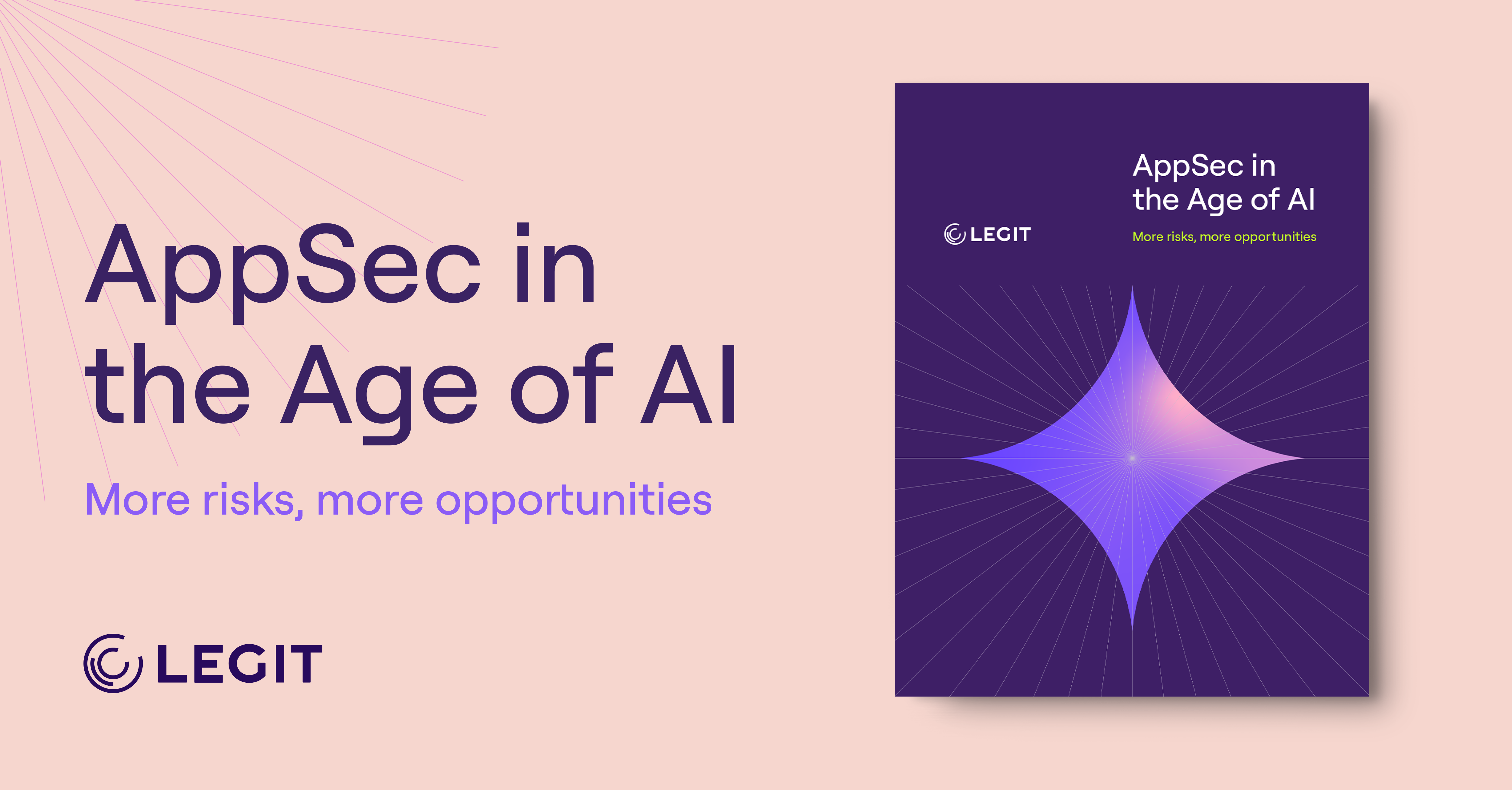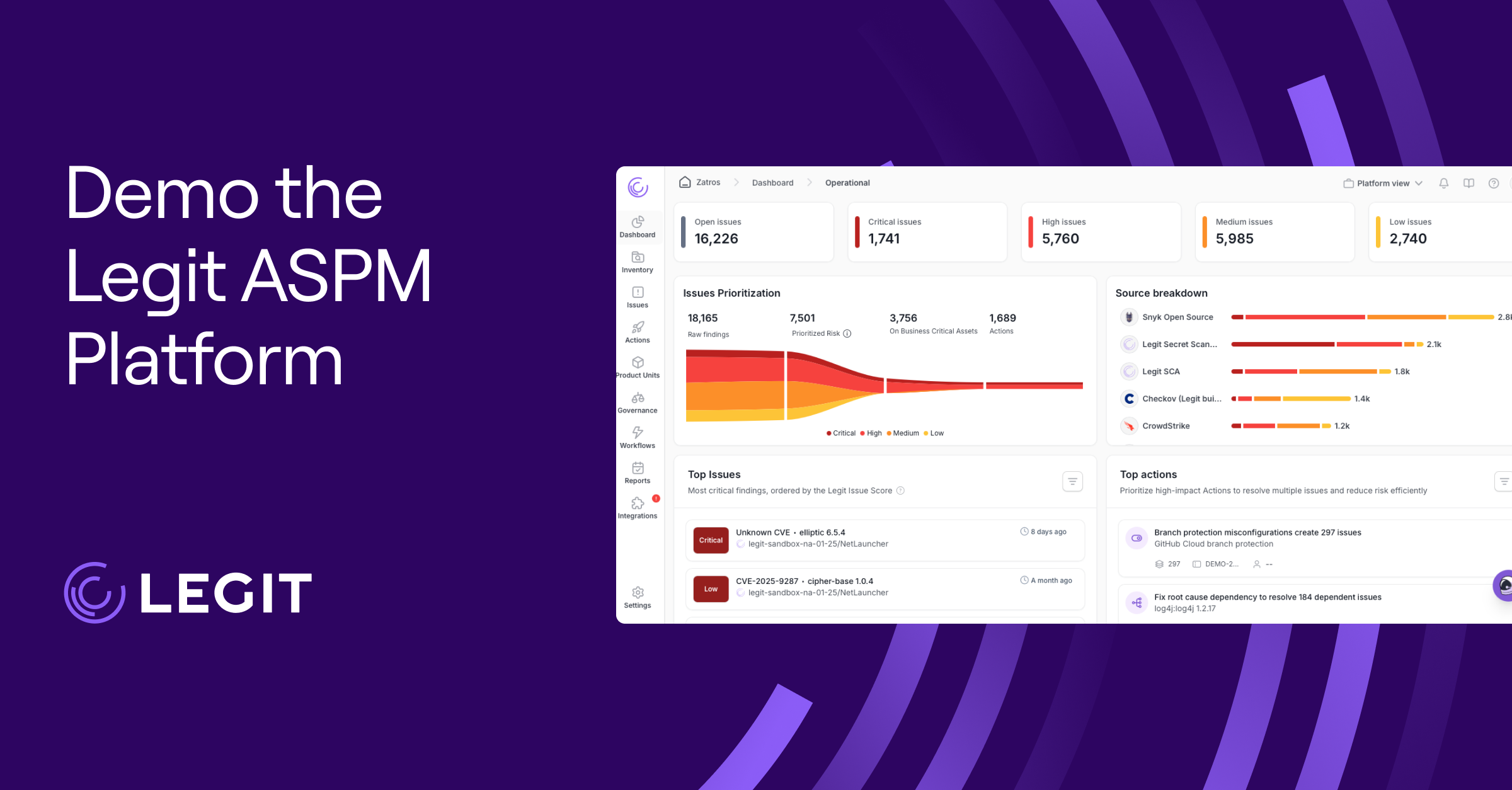AI makes regular tasks faster, from your social media feed to medical analysis. But it’s also made it easier for cybercriminals to attack. In fact, the World Economic Forum found that generative AI tools removed barriers to entry for cybercrimes, turning almost anyone into a hacker.
Companies have to strengthen their defense systems to effectively handle AI cyberattacks. Here’s how, plus a guide to how these attacks work and what to look out for.
What Are Artificial Intelligence Attacks?
AI-powered cyberthreats use machine learning and AI algorithms to automate, accelerate, and amplify traditional cybercrimes. At the most basic level, hackers might use generative AI tools to write increasingly convincing phishing emails and messages for social engineering. And at a more advanced level, cybercriminals might use AI to write sophisticated code and break into systems.
Unlike traditional attacks that require manual oversight and high levels of technical skills, AI-generated attacks are smarter, evolve quickly, and can adapt in real-time. This speed makes AI threats more impactful than traditional tactics because criminals can get further without detection.
How Do Artificial Intelligence Cyberattacks Work?
An AI cyberattack typically begins with training malicious AI models on large datasets, which are often built on stolen sensitive data. These datasets can include anything from social media activity to leaked passwords and health records.
Cybercriminals use this data to:
- Find potential vulnerabilities
- Craft personalized or targeted attacks
- Bruteforce passwords by using adversarial AI to guess billions of combinations
One of AI’s core strengths is that it can use analysis to mimic credible sources, often tricking even vigilant people into thinking a message comes from a trusted source. For example, one deepfake cybersecurity firm conducted a red-teaming exercise on a Fortune 500 financial institution. More than 56% of employees clicked on the link after receiving a deepfake voicemail from their CEO, and nearly 16% shared their details via the phishing landing page.
4 Types of Artificial Intelligence Attacks in Cybersecurity
The AI-powered cybersecurity attack landscape is constantly changing as hackers find new ways to weaponize this tech. Here are some core threats that organizations should monitor:
1. Social Engineering Campaigns
Social engineering attacks build trust with unsuspecting persons or organizations and weaponize this trust to get money, credentials, or simply deploy malware. Examples include:
- Phishing emails: These fraudulent emails look legitimate, but are designed to trick recipients into clicking a link or sharing personal information.
- Vishing (voice phishing): Phishing scams can also happen over the phone, often using AI-generated voices to impersonate trusted persons.
- Smishing (SMS phishing): Text scams might claim that the recipient missed a package delivery and need to click a link to reroute it.
- Fake job postings: Fraudulent job postings get people to click links, wire money for work devices, or give up their Social Security number (SSN) for alleged HR background checks.
- Impersonation: Cybercriminals might pretend to be an executive, friendly colleague, or trusted vendor, usually to trick people into wiring money or share credentials.
- Baiting: These fake offers are designed to trick users. A common example is the lottery scam, which convinces people they’ve won the lottery and need to give up information to receive their winnings.
2. Deepfakes
Deepfaking is a technological strategy used for social engineering attacks. AI-generated audio or video can create realistic “avatars” of your ideal job candidate or even a company’s existing CEO. Then, the deepfake version of that person might spread misinformation or ask for data.
This type of technology makes AI cyberattacks no longer just a cybersecurity problem. HR, the finance team, sales, and just about every person in an organization needs to remain vigilant and avoid reputational harm.
3. Data Poisoning or Adversarial Attacks
Data poisoning is one of the most sinister forms of AI-powered attacks. Cybercriminals deliberately corrupt training data used to develop machine learning models, leading to incorrect and malicious outputs. Meanwhile, adversarial attacks feed AI subtly inaccurate data that cause them to make incorrect decisions. Studies show that poisoning even just 1–3% of a dataset can significantly skew the model’s prediction and performance.
Some contexts of data poisoning aren’t necessarily adversarial, but companies should still keep an eye out for their effects. For example, some creatives don’t consent to their work being used for AI training and use data poisoning as insurance that models can’t use them. MIT Technology Review identifies one such tool, Nightshade, that creatives can embed in their artwork to make it useless—or downright dangerous—for AI models to ingest.
4. AI-Powered Password Attacks
Brute-forcing passwords was once considered an inefficient way to get into a system. Unless you knew enough personal details about a worker or customer to make an educated guess on an easy password, success rates were low. But now, hackers can use AI to do the guesswork for them—and success rates have skyrocketed.
One study showed that AI tools can now guess 51% of passwords in under one minute. In the same study, the AI model then cracked another 20% of passwords in just one day. And since many people reuse passwords across their accounts, brute force attacks can have huge impacts.
What Are the Cybersecurity Threats Posed by Artificial Intelligence?
We covered some of the basic AI cybersecurity threats above, like phishing attacks and AI-powered password hacking. Here’s a look at some of the broader impacts of AI cyberattacks:
Increased Speed and Scale of Cyber Threats
AI dramatically increases how fast—and how significantly—cybercriminals can penetrate your system. Hackers can also use the same attack signatures to take down multiple organizations in your industry, which could lead to a total blackout of that key service.
Supply Chain Disruption
In an increasingly interconnected world, hackers don’t need to take down an entire supply chain to disrupt it. If one important tool or service goes down, worldwide outages could occur. The 2024 Crowdstrike outage is a good example—a bug in the system affected Windows and other software, affecting air travel and numerous other systems around the world.
Reduced Barrier to Entry
Open-source AI models, generative AI writing, and prebuilt attack templates are just some of the many tools hackers can use to get into cybercrime with low or no technical skills. This makes the threat landscape increasingly unpredictable, and it can be harder to profile lower-level hackers.
Increased Stealth Mode
Traditionally, cybersecurity experts aim to detect and block unauthorized access as soon as possible. But cybercriminals know this, and they can use AI-powered tools to reduce the time they spend in the system. The faster a hacker gets in, extracts or locks data, and gets out, the more difficult it is to detect or stop them.
Erosion of Trust
AI has affected public trust at multiple levels—from people distrusting organizations after a hack to questioning if ransom calls involving loved ones are real. Erosion of trust in corporations, government agencies, and everyday communications could lead to deeper issues, like less customer loyalty and more skepticism.
How to Mitigate Artificial Intelligence-Driven Attacks
The good news is that cybersecurity defense strategies are evolving as quickly as hackers. Here are some additional strategies executives can employ to protect their organizations at all levels:
- Train employees: Employees can be the weakest link in the security chain, but they can also be your strongest assets. Provide specialized training in AI cyberattacks so employees know what to look for and how to respond—especially when it comes to phishing.
- Deploy AI-driven cybersecurity platforms: This is one instance where fighting fire with fire can work. Manual monitoring and response can’t keep pace with automated tools, so use AI to counter malicious models.
- Secure and validate data: Regularly audit the data your organization retains and uses, especially if you use it to train AI models. This avoids potential data poisoning and leads to the most effective outputs.
- Implement robust authentication: With passwords now more hackable than ever, even strong passwords aren’t enough. Use multi-factor authentication and Zero Trust technology wherever possible to make it more difficult for hackers to get in.
Protect Against Cyberattacks With Legit Security
Combatting AI-powered cyber threats requires sophisticated security—and the strongest defenses begin at the software level.
Legit Security’s application security posture management (ASPM) platform both leverages AI to keep pace with developers, and helps secure AI-generated code. Request a demo today and stay one step ahead of AI-driven cyberthreats.
Download our new whitepaper.


